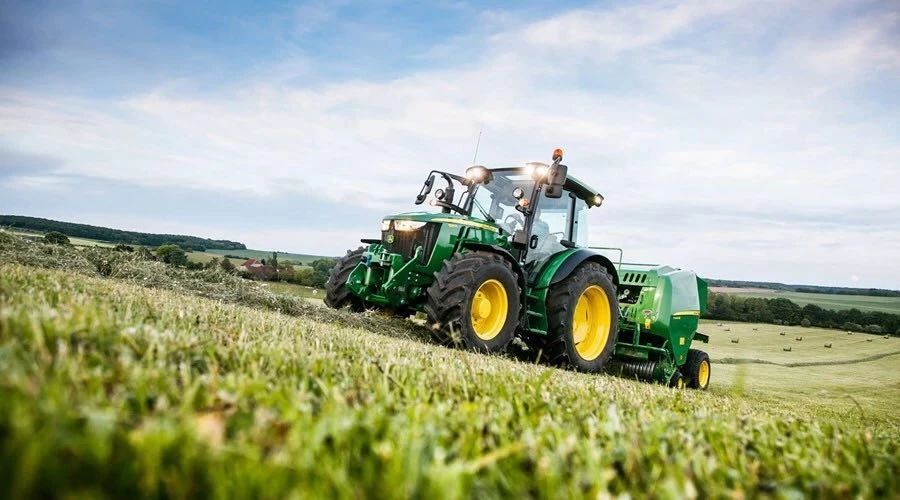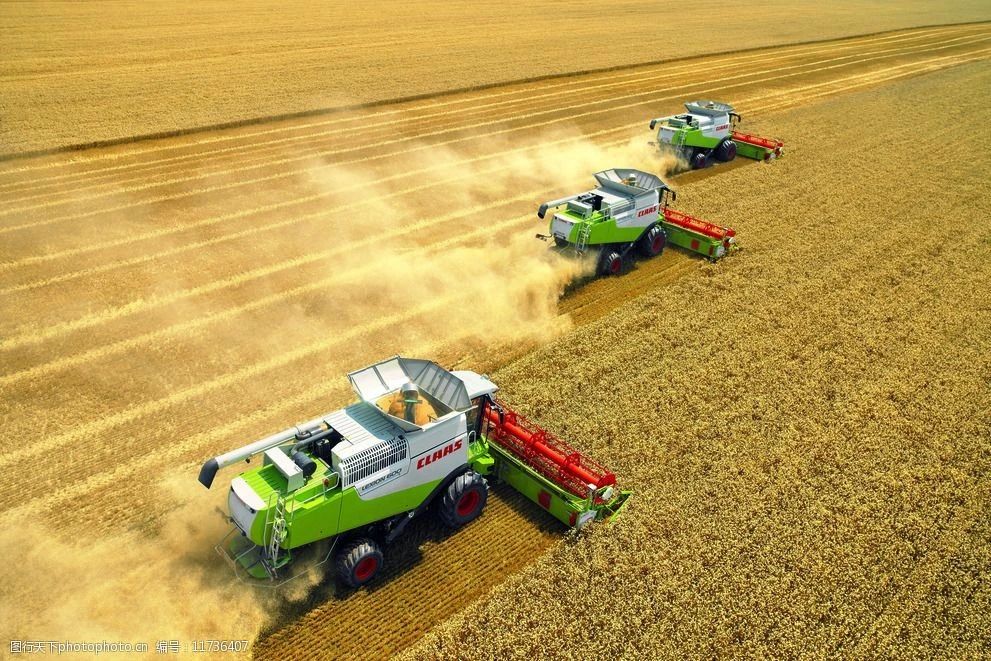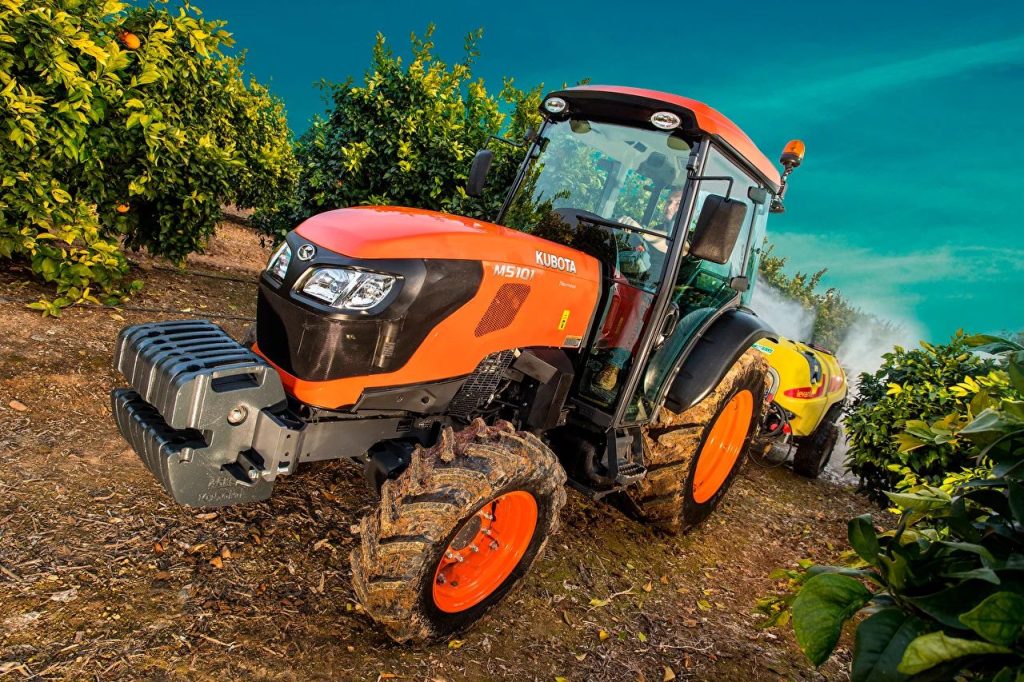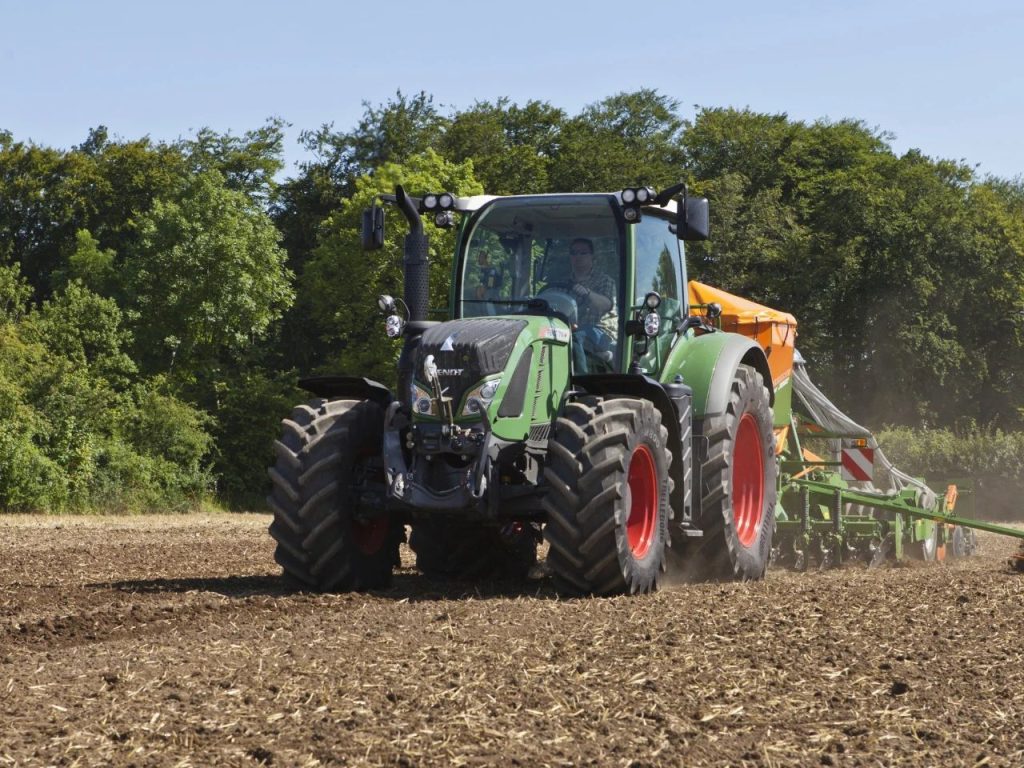



Agricultural machinery is a crucial link for the world’s agriculture to break through! Through perspective, it is found that foreign agriculture has strong competitiveness, and the core is also the modernization and large-scale popularization of agricultural machinery.In recent years, with the development of modern agriculture and the transformation of business models, the dependence on agricultural machinery has become increasingly prominent, running through the entire process of cultivation, planting, plant protection, harvesting, and comprehensive utilization of straw in agricultural production.In addition, with the continuous updating of agricultural machinery technology towards the mid to high end level, the rapid promotion of industrialization and urbanization, and the deepening transformation of digital, information-based, and intelligent high-end agricultural machinery products, the market size of China’s agricultural mechanization industry is showing a stable expansion trend. According to data, the market size of agricultural machinery in China was approximately 561.1 billion yuan in 2022, a year-on-year increase of 6.71%.However, the agricultural machinery industry faces both opportunities and challenges, while also facing red sea competition. Therefore, in addition to overcoming product and technology limitations, it is necessary to upgrade its business model.2. jpg01Industry restrictedThese 4 questions need to be solvedAt present, there are many problems in the agricultural machinery industry, such as technological quality and disorderly industry development, which restrict the development and transformation of China’s agricultural machinery.1) Disordered competitionWith the advancement of agricultural mechanization, the market competition for agricultural machinery is becoming increasingly fierce. This disorderly competition has led to price wars and vicious competition, seriously affecting the healthy development of the industry. Some companies may compromise on product quality in order to reduce costs, further lowering the overall level of the industry.2) Missing standardThe lack of unified standards in the agricultural machinery industry has led to uneven product quality in the market. This not only poses difficulties for consumers in choosing products, but also poses challenges for industry management and regulation. Meanwhile, due to the lack of standards, product development and improvement are also greatly limited.3) Serious product homogenizationDue to limitations in technology and research and development capabilities, the phenomenon of homogenization in agricultural machinery products is very serious. This has intensified competition among enterprises in terms of products, leading to an intensification of price wars. At the same time, this also makes product updates difficult, affecting the progress of the industry.4) Restrictions on small-scale farming economySmall farmers are the main body of agriculture in our country, and the scale of agricultural production is relatively small, which leads to low efficiency in the use of agricultural machinery and also increases the cost of using agricultural machinery. This not only affects the efficiency of agricultural production, but also restricts the development of the agricultural machinery industry.The above four issues need to be urgently addressed, and failure to solve them will inevitably limit the competitiveness and modernization development speed of China’s agricultural machinery. Of course, in addition to solving difficult problems, it is also necessary to constantly innovate in business models and find a unique path for Chinese agricultural machinery.3. jpg02Industry Encounters Red Sea Competition8 business models worth exploringIn the field of agricultural machinery, business model innovation is becoming a key factor in driving industry development. The following are 8 business models for agricultural machinery, including traditional sales model, customized model, leasing model, agricultural machinery cooperative model, agricultural machinery supply chain finance model, free cross-border model, value-added service model, and agricultural machinery sharing model.1) Traditional sales modelThe traditional sales model is the most basic business model in the agricultural machinery industry, which is sold to farmers through distributors or directly. The advantages of this model are simplicity and convenience for large-scale promotion, but the disadvantages are fierce competition and limited profit margins. Taking tractors as an example, according to statistics from the China Agricultural Machinery Industry Association, the sales of tractors in China reached over 2 million units in 2020, and the market competition was exceptionally fierce.2) Customized modeCustomized mode is a business model that is customer-oriented, and customized production is carried out according to customer needs. In the field of agricultural machinery, this model can be customized for different regions, crops, and operational needs, improving the applicability and efficiency of equipment. For example, for rice planting areas, transplanting machines can be customized with different plant and row spacing to meet the needs of different planting habits.3) Rental modelThe leasing model is a service-oriented business model that rents agricultural machinery to farmers for use, charging based on time or area. The advantage of this model is to reduce the initial investment cost of farmers, improve equipment utilization, and also provide stable cash flow for manufacturers. Taking plant protection machinery as an example, according to data from Forward Industry Research Institute, the market size of plant protection drones in China has exceeded 10 billion yuan, and leasing is one of its main sales channels.4. jpg4) Agricultural Machinery Cooperative ModelAgricultural machinery cooperatives are a business model based on the sharing economy, where farmers spontaneously organize and establish cooperatives to jointly own and use agricultural machinery. The advantage of this model is to reduce the input cost of farmers, improve equipment utilization and operational efficiency, and also strengthen the connection and cooperation between farmers. For example, the “Pear Tree King” Agricultural Machinery Cooperative in Laiyang, Shandong has over 100 sets of various agricultural machinery, covering various stages such as cultivation, planting, management, and harvesting, providing full mechanized services to surrounding farmers.5) Agricultural Machinery Supply Chain Financial ModelAgricultural machinery supply chain finance is a business model based on supply chain management, which integrates resources and services on the supply chain to provide comprehensive financial services for farmers and agricultural machinery manufacturing enterprises. The advantage of this model is to reduce the financing costs of farmers, increase purchasing power, and also provide manufacturers with a broader sales market. For example, the “Smart Agricultural Machinery Loan” product launched by the Agricultural Bank of China provides customized financial service solutions for agricultural machinery manufacturing enterprises and farmers, helping them solve the problems of difficult and expensive financing.6) Free cross-border modeThe free cross-border model is a business model based on internet thinking, which attracts users by providing free agricultural machinery and services, thereby achieving cross-border profits. The advantage of this model is that it can quickly attract users and increase market share, while also providing more value-added service opportunities for manufacturers. For example, some internet platforms attract users by providing free agricultural machinery maintenance services, thereby achieving value-added services such as advertising placement and precision marketing.7) Value added service modelThe value-added service model is a business model that focuses on providing high-quality services, providing comprehensive value-added services while selling agricultural machinery. The advantage of this model is to improve the user experience and production efficiency of farmers, while also providing more profit sources for manufacturers. For example, some agricultural machinery enterprises not only sell equipment, but also provide value-added services such as equipment maintenance, operation training, and agricultural consulting.8) Agricultural machinery sharing modeAgricultural machinery sharing mode is one of the innovative directions of business model based on sharing economy. It is a new agricultural machinery operation service mode represented by “Internet plus+agricultural machinery operation”.This model fully utilizes the advantages of internet technology to integrate the dispersed agricultural machinery resources in society, providing specialization and convenience for agricultural production Efficient and standardized agricultural machinery operation services have effectively solved the problems of insufficient supply of mechanization in agricultural development and the prominent problems of traditional agricultural machinery operation services. This has improved the efficiency and quality of agricultural machinery use, reduced agricultural production costs, and further promoted the specialization and socialization of agricultural production. The division of labor has promoted the level of agricultural modernization and the sustainable development of rural economy. Typical representatives of the “Internet plus+agricultural machinery operation” mode are the “Beifeng Agricultural Service” APP launched by Heilongjiang Beifeng Agricultural Means of Production Group and the “agricultural machinery operation service platform” launched by Beidahuang Agricultural Reclamation Group.Finally, let’s summarize that the transformation and innovation of China’s agricultural machinery is a symbol of China’s agricultural modernization. Agricultural machinery enterprises must keep up with the pace of the times, make good use of new economy, new technology, and new models in order to make breakthroughs

No reply content